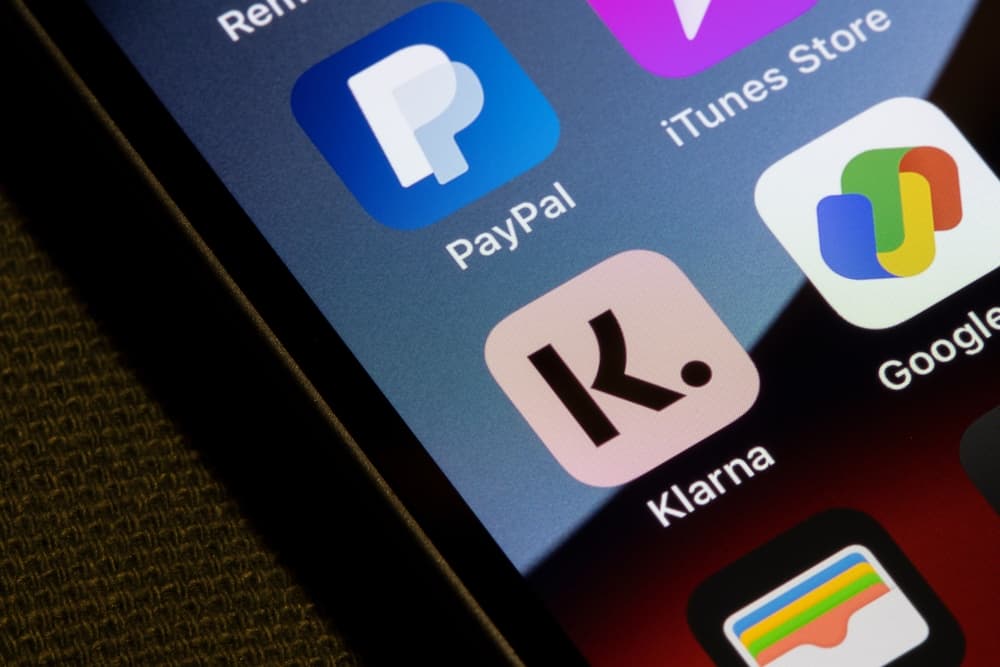Shopping and payment app Klarna is partnering with performance ad tech company PubMatic to scale programmatic access to Klarna’s native advertising inventory via PubMatic’s Convert. The partnership will allow advertisers to potentially reach and engage with Klarna’s global audience of 150 million shoppers directly at the point of purchase.
The move rounds out Klarna’s suite of media solutions to encompass affiliate, search and influencer marketing and helps advertisers reach shoppers across the complete consumer journey, from awareness to consideration and conversion.
The integration with PubMatic provides Klarna with scaled access to demand via whichever demand-side platform (DSP) a buyer is working with on both a self-serve and managed service basis.
Advertisers can access Klarna’s high-intent audiences to drive enhanced campaign ROI – with click-through-rates three times higher than the industry average.
The integration will initially be available in the US, with expansion to European markets to follow quickly thereafter.
“Our aim is to offer consumers a relevant, personalised and smooth shopping experience, while being a growth partner to retailers,” says David Sandstrom, Chief Marketing Officer at Klarna. “By partnering with PubMatic, we are excited to leverage the power of programmatic advertising to connect brands with the world’s most engaged shoppers at scale and create efficiencies in their media buys.”
“Our partnership with Klarna unlocks tremendous opportunity for advertisers seeking to drive high-performance campaigns at a time of disruption in the digital advertising ecosystem,” adds Hashim Mian, Vice President of Commerce Media at PubMatic. “Buyers now have the opportunity to engage active shoppers, particularly valuable millennial and Gen Z audiences, directly at the coveted point of purchase. We look forward to growing our partnership with Klarna and creating meaningful connections between advertisers and consumers.”
‘Commerce media’ here to stay?
And Klarna isn’t the only non-retailer to see the potential in idea of retail media networks. Back in late 2022, Marriott International launched Marriott Media Network, an omnichannel cross-platform advertising solution for brand advertisers, enabling curated content experiences and offerings to guests throughout their travels.
Build with tech from Yahoo, The Marriott Media Network offers brand advertisers exposure to travellers in the U.S. and Canada, ultimately expanding to travellers globally, including all the more than 164 million members in Marriott Bonvoy, the company’s loyalty programme.
The network features premium inventory spanning its owned channels including display, mobile, video, email and digital out-of-home (in-room television and digital screens) when fully deployed.
For brand advertisers, the Marriott Media Network offers an unprecedented combination of scale and personalised media to an audience of in-demand, high-intent travellers.
Banking on commerce media
Meanwhile, US bank JP Morgan Chase launched Chase Media Solutions. Initially an offers programme – where clients can tempt Chase’s 80 million US customers with offers targeted using customers’ purchase history and published on Chase’s owned digital channels.
When customers activate offers and shop in-store or online, they’re rewarded with cash back. Meanwhile, brands drive acquisition and incremental sales, says the company.
At the same time, UK-based alt.bank Resolut revealed that it too was getting into the ad business, launching Resolut Media Solutions and hiring TikTok’s head of ecommerce partnerships Inam Mahmood to head it up.
Is everyone now an ad network?
The move by Klarna, Marriot, Chase and Resolut marks a growing awareness among non-retailers that there is power in ‘commerce media’ – the wider definition of retail media where retailers offer access to their audience to brands and advertisers.
Any public-facing business, in theory, can leverage its first-party customer data via advertising and this shift toward everyone becoming an ad network can be seen in these players all getting on board.
With the ‘death’ of third-party cookies, finding a way to reach audience is crucial for many brands and, for customer-facing businesses with millions of users, offering a media network play looks lucrative.
For retailers taking their early steps into retail media this is both a blessing and potentially a curse. On the plus side, it validates the reasoning behind offering media properties for sale to brands. If every large organisation in the US thinks it’s a good idea it must be. The other positive is that it will cement advertising on company websites, apps, stores and everywhere else as the norm for consumers, hastening uptake and interaction.
The downside is that it adds significant competition to what is for many retailers a fledgling market. While the ‘commerce media’ space is tipped to be worth in excess of $150bn in 2024 (depending on who’s stats you look at), divvying it up between top tier retailers, banks, hotels and streamers could see this exciting new market rapidly become highly cut-throat.
Retail Media Networks are the focus of a brand new RetailX Events conference this June.
MediaX explores the experiences of well-established retailers in this space to new entrants and the agencies who are helping make things tick. For the full list of speakers, agenda and to register – click here.










